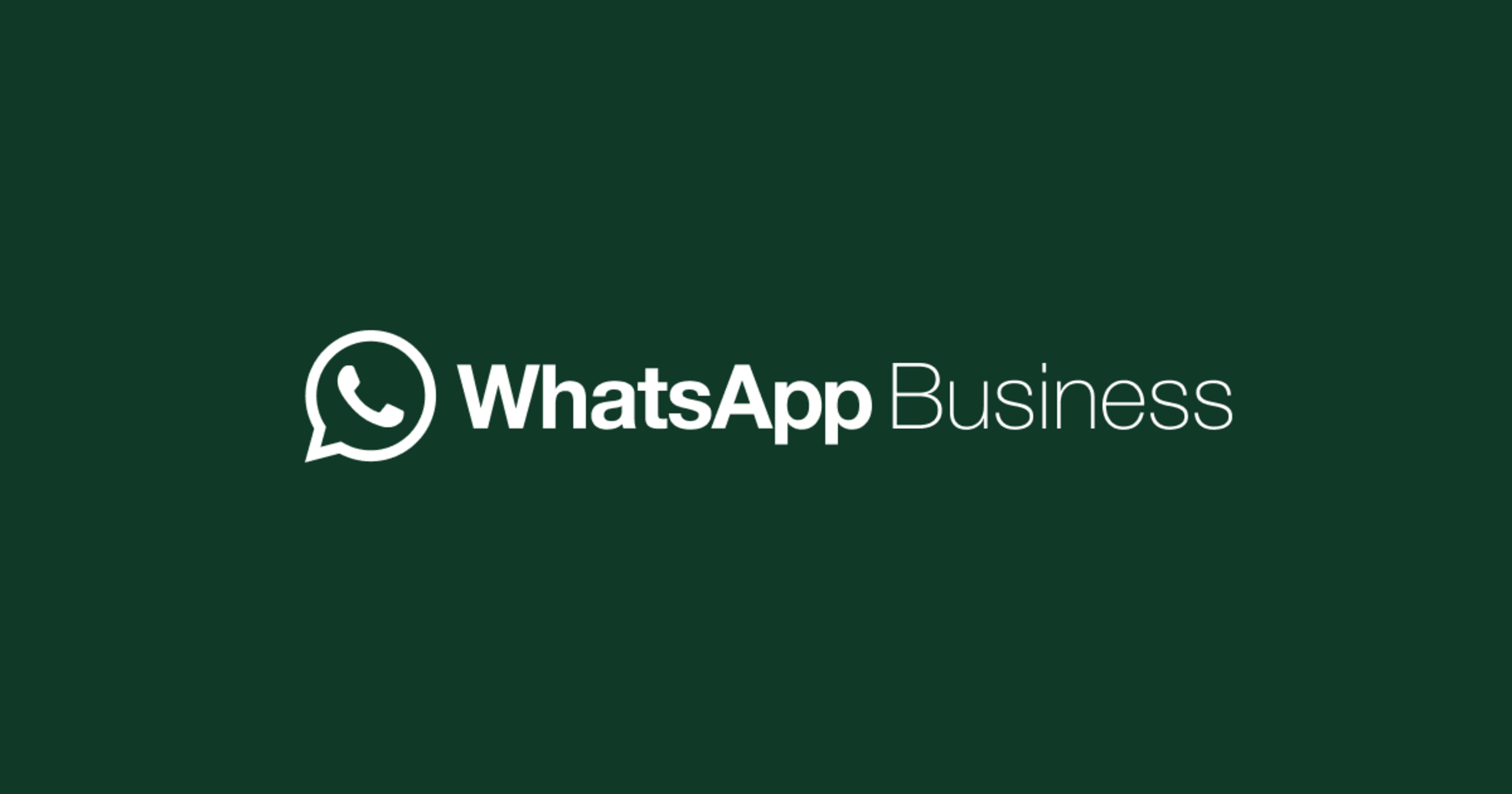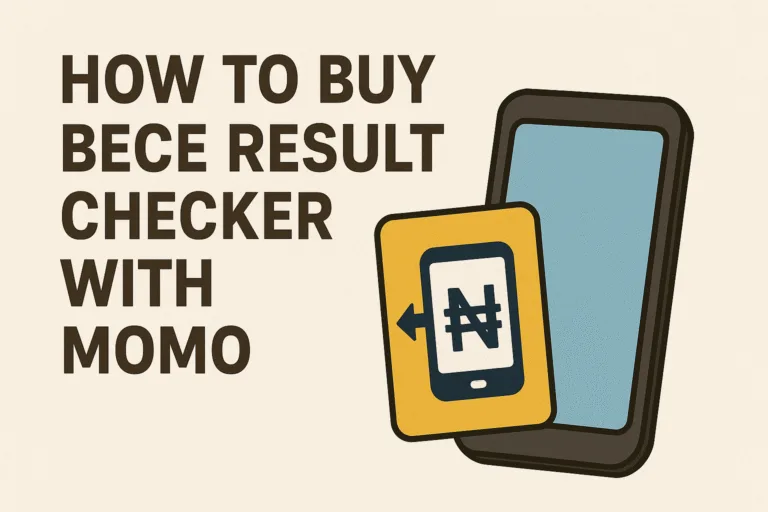With over 2 billion active users globally, WhatsApp has become much more than just a messaging app; it’s now a powerful tool for businesses. For small businesses, solopreneurs, or those looking to launch a store without an extensive website, WhatsApp offers a simple and personal way to sell directly to customers.
This guide will take you through setting up your very own WhatsApp for e-commerce, with a focus on attracting customers and building a professional, seamless shopping experience.
Why Use WhatsApp for E-commerce?
- Direct Customer Engagement: WhatsApp allows you to have one-on-one conversations with your customers. You can handle inquiries, showcase products, and even follow up after the sale for better customer service.
- Low-Cost Setup: With WhatsApp, you can start selling with virtually no overheads compared to setting up a traditional e-commerce site.
- Broad User Base: WhatsApp is popular worldwide, making it an excellent tool for businesses to reach their target audience without geographical limits.
- End-to-End Encryption and Privacy: WhatsApp ensures customer privacy, giving them confidence in secure, encrypted interactions.

Step 1: Setting Up WhatsApp Business
If you haven’t already, download and install WhatsApp Business from your app store. Unlike the standard WhatsApp, WhatsApp Business is tailored for businesses and includes features that will help you manage your e-commerce store effectively.
- Download and Register: Open the WhatsApp Business app, register with a business phone number, and complete the setup.
- Profile Optimization: Fill in your business details like your store name, contact information, store category, and an attractive profile picture (usually your logo).
- Business Description: Use a brief, catchy description. For instance, “High-quality handmade accessories delivered with a personal touch.”
Step 2: Build Your Catalog
WhatsApp Business has a built-in catalog feature that allows you to showcase your products directly in the app.
- Navigate to Catalog: In the WhatsApp Business app, go to Business Tools > Catalog.
- Add Products: Start adding items by clicking on Add New Item. For each product, include:
- Images: Use high-quality, well-lit photos with a consistent aesthetic.
- Product Name and Description: Be concise but descriptive. Include keywords relevant to your product.
- Pricing: Clearly state prices to avoid inquiries just about pricing.
- Product Link (Optional): If you have a website or an Instagram product page, link it here.
Step 3: Automate Responses
Customers are on WhatsApp expecting fast responses. WhatsApp Business allows you to set up automated messages that will help keep customers engaged, even when you’re not online.
- Welcome Message: Set up a friendly welcome message that greets users the moment they reach out. This message could also highlight any new promotions.
- Away Message: If you’re unavailable, set an away message that tells customers when they can expect a response.
- Quick Replies: Create quick replies for frequently asked questions. For example:
- “How to Order”: “To place an order, just let us know the product name and your delivery address.”
- “Payment Options”: “We accept credit cards, PayPal, and bank transfers.”
Step 4: Payment Options
WhatsApp itself doesn’t facilitate transactions, so you’ll need a way for customers to pay. Here are a few options:
- Payment Links: Generate payment links via Stripe or PayPal. Share these links in your chats with customers.
- Direct Bank Transfer: Share your bank details and guide customers to transfer directly if they prefer that.
- Cash on Delivery (COD): If you’re catering to a local area, COD can be a great option.
Step 5: Promote Your WhatsApp Store
Now that your WhatsApp store is set up, it’s time to bring in customers.
- Social Media Marketing: Share your WhatsApp number on your social media profiles and posts. You could say, “Message us on WhatsApp for quick orders!” It’s effective and approachable.
- Status Updates: WhatsApp Status can work as a powerful mini-marketing tool. Use it to promote new products, announce sales, or share customer testimonials.
- Influencer Collaborations: Partner with influencers to drive traffic to your WhatsApp store. You can even run exclusive WhatsApp-only promotions through influencers.
- QR Code Sharing: WhatsApp allows you to generate a QR code that leads directly to your business chat. You can place this QR code on your website, product packaging, or even on social media.
Step 6: Deliver a Memorable Customer Experience
- Personalized Interactions: Make the shopping experience more personal by addressing customers by name and recalling past purchases.
- Updates on Orders: Keep customers informed about their order status, shipping, and delivery. It shows professionalism and builds trust.
- After-Sales Support: Reach out after a purchase to ensure the customer is happy and to ask for feedback. Happy customers are likely to become repeat buyers.
Step 7: Track Performance
As with any e-commerce business, tracking your progress is important.
- Message Insights: WhatsApp provides insights like the number of messages sent, delivered, and read. Use these metrics to gauge customer interest.
- Customer Feedback: Encourage customers to provide feedback after purchases. This can give you insights into product preferences and potential improvements.
- Sales Tracking: Track sales manually or through a simple spreadsheet to identify popular products and peak sale periods.
Setting up a WhatsApp store for e-commerce can be a powerful and cost-effective solution, especially if you’re looking for a direct, personal way to reach customers. With a well-optimized profile and engaging product catalog, your WhatsApp store can become a bustling hub for your products.
As you continue to grow, remember that customer experience is important. People are on WhatsApp for its personal touch, so make your store feel like an extension of that ethos. Be responsive, stay organized, and keep your product catalog updated.




